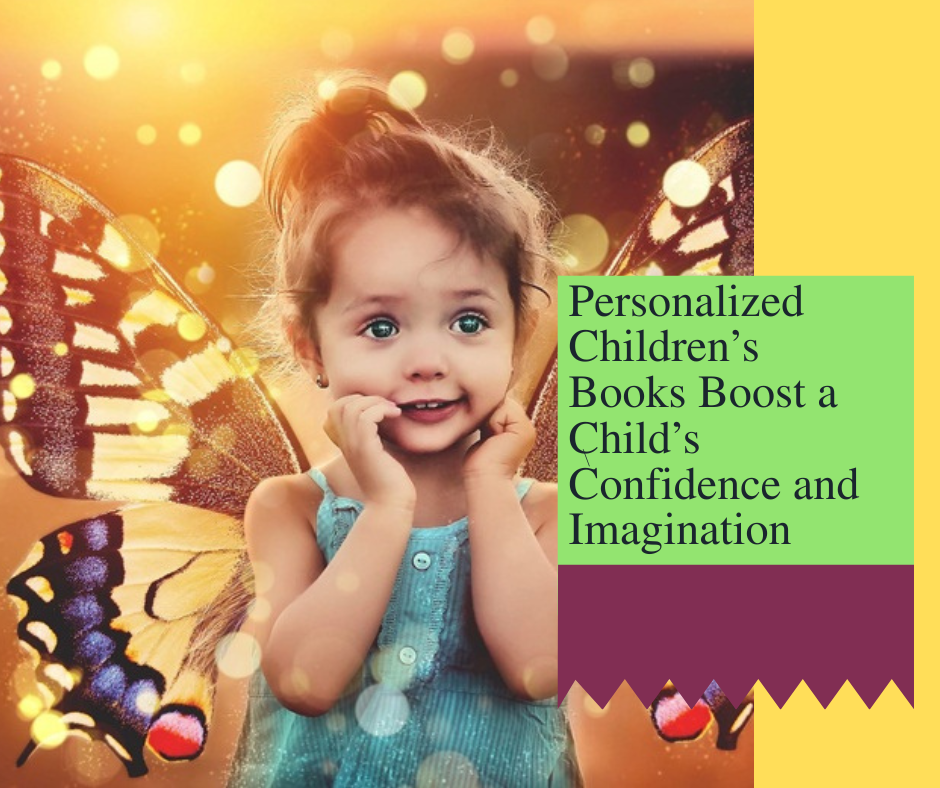Every child deserves to see themselves as the hero of their own story. Personalized children’s books are reshaping how kids experience reading by blending creativity, psychology, and technology. These storybooks don’t just tell tales; they mirror a child’s individuality, allowing them to explore emotions, achievements, and adventures in ways traditional books rarely do.
As families around the world turn to digital storytelling, tools like KidScribe are making it possible for anyone to create beautifully illustrated, personalized storybooks online in just a few minutes. This growing movement is not about replacing traditional reading but about enhancing it with deeper emotional connections and imaginative freedom.
Table of Contents
What Are Personalized Children’s Books?
Personalized children’s books are stories where the child becomes the main character. The narrative, illustrations, and even dialogue can be tailored to include their name, likeness, and personal details such as favorite toys, friends, or pets.
This concept has evolved from printed name-insert storybooks of the 1990s to advanced digital platforms that use artificial intelligence to create consistent and lifelike illustrations. Parents and educators can now generate unique stories through online tools like KidScribe’s Storybook Creator, where every image and plot detail flows naturally.
Personalization helps children engage more deeply with reading because they recognize themselves and their world inside the story. It turns passive reading into an immersive, emotionally meaningful experience.
The Psychology of Seeing Themselves in Stories
Research from the American Academy of Pediatrics highlights that reading aloud to children builds not only literacy skills but also emotional intelligence. When children see themselves reflected in a story, this effect multiplies. Personalized storybooks reinforce self-worth and identity by giving children a sense of belonging and importance.
The Harvard Graduate School of Education notes that children internalize stories that feature familiar experiences, which strengthens cognitive empathy. When a child reads about “Emily” or “Noah” — and that name happens to be theirs — their brain forms stronger emotional connections with the narrative. This helps build confidence, resilience, and a sense of agency.
Personalized books also cater to children with diverse backgrounds and abilities. Seeing characters who share their skin tone, family structure, or physical traits promotes inclusion and helps them develop a positive sense of self.
How Personalization Sparks Imagination
Children’s imagination flourishes when stories feel real to them. Personalized books give children the freedom to imagine themselves in different worlds — flying through the sky, exploring distant planets, or solving mysteries — without feeling disconnected from the story.
By incorporating familiar objects and preferences, these books blur the line between fiction and reality. A child’s favorite teddy bear might appear in the story, or their pet dog might join them on an adventure. This familiarity builds trust in the storytelling process, encouraging creative thinking and problem-solving.
According to Psychology Today, imaginative play enhances cognitive flexibility and emotional regulation. Personalized stories function as a structured form of imaginative play, allowing children to visualize possibilities, process feelings, and express creativity in a safe, guided setting.
Confidence Through Representation and Achievement
Confidence begins with recognition. When children see themselves accomplishing goals in a story, saving a friend, solving a puzzle, or leading a group, they start believing in their real-world capabilities. Personalized storybooks reinforce the message that every child can be brave, kind, and intelligent.
Representation also matters. Books that reflect diverse backgrounds teach children to appreciate individuality. They encourage acceptance and empathy by normalizing different cultures, family types, and appearances. A personalized book that includes these elements helps children feel seen and valued.
In classrooms, teachers have reported that children who read personalized books participate more in discussions and storytelling activities. These books build self-expression, improve verbal confidence, and nurture leadership skills through positive reinforcement.
Educational Benefits and Reading Motivation
Reading motivation is one of the strongest predictors of literacy success. Personalized books are proven to extend attention span and foster a love for reading. Studies from the National Literacy Trust (UK) reveal that children are more likely to read frequently when they feel a personal connection to the story.
For reluctant readers, customization can make the difference between disinterest and enthusiasm. A story that uses their name and favorite activities feels like a special gift rather than an assignment. It transforms reading into a fun, self-directed experience rather than a task.
Parents and educators can use personalized storybooks to complement phonics and vocabulary exercises. Reading becomes both an academic and emotional journey — a combination known to improve comprehension and retention.
Technology Behind Online Story Creators
The rise of AI and online storytelling platforms has made personalization easier and more accessible. Modern story generators use artificial intelligence to maintain consistent characters, realistic backgrounds, and cohesive plots throughout the book. This avoids the visual inconsistencies that once plagued digital illustrations.
Platforms like KidScribe combine AI-generated art with human creativity, producing stories that flow smoothly from start to finish. The technology ensures that a character’s facial expressions, clothing, and environment remain faithful throughout the narrative.
This innovation bridges technology with education. Rather than replacing imagination, it amplifies it. Parents can guide the AI, customizing details while letting children contribute ideas for story settings and adventures.
Challenges and Ethical Considerations
While AI-powered personalization offers immense benefits, parents and educators should remain mindful of digital ethics. Data protection is essential when using online platforms for children. Choosing secure, privacy-conscious services and avoiding the sharing of sensitive information are basic best practices.
Experts from Common Sense Media recommend balancing digital storytelling with traditional reading time. Printed versions of personalized stories still hold emotional and developmental value. Combining both formats provides the best of creativity and sensory engagement.
Inclusivity also matters. Personalized books should celebrate diversity without stereotyping. Parents can ensure that stories reflect values of kindness, equality, and curiosity.
Tips for Parents and Educators
- Choose stories that match your child’s age and reading level.
- Encourage participation by asking children to describe what they think will happen next.
- Alternate between personalized and traditional books to maintain variety.
- Discuss the lessons or morals in each story after reading.
- If using online story creators, involve children in selecting details like pets, friends, or themes.
When children feel included in the creation process, their engagement and imagination grow stronger. Personalized storybooks can become shared family projects that strengthen bonds and create lasting memories.
Conclusion
Personalized children’s books represent a powerful blend of storytelling, psychology, and technology. They are not just stories customized for fun; they are tools for nurturing identity, creativity, and confidence. Whether made through traditional print or advanced online creators like KidScribe’s Storybook Maker, these stories remind every child that their imagination matters and their story is worth telling.
By letting children see themselves as the heroes of their adventures, we help them build the confidence to explore the real world with the same courage and wonder they find in the pages of their personalized storybooks.
Frequently Asked Questions
1. What age group benefits most from personalized children’s books?
Children aged 3 to 10 gain the most from personalized storybooks because they are developing self-awareness and language skills.
2. Are online children’s book creators safe for kids?
Reputable platforms that follow strict data protection guidelines, such as KidScribe, prioritize privacy and safety for families.
3. How do personalized books improve reading skills?
Personalization increases motivation and engagement, which naturally enhances reading comprehension and vocabulary retention.
4. Can personalized books be used in classrooms?
Yes, many teachers use them to encourage reluctant readers and foster classroom inclusivity.
5. Are AI-generated storybooks replacing traditional books?
No, they complement them. Personalized digital books make reading interactive, while traditional books continue to provide tactile and sensory benefits.
About the Author
Written by Saurabh Verma, a child development and education expert. This article draws on research from psychology, literacy education, and storytelling innovation to help parents and educators understand how personalized children’s books can nurture confidence, creativity, and a lifelong love of reading.

